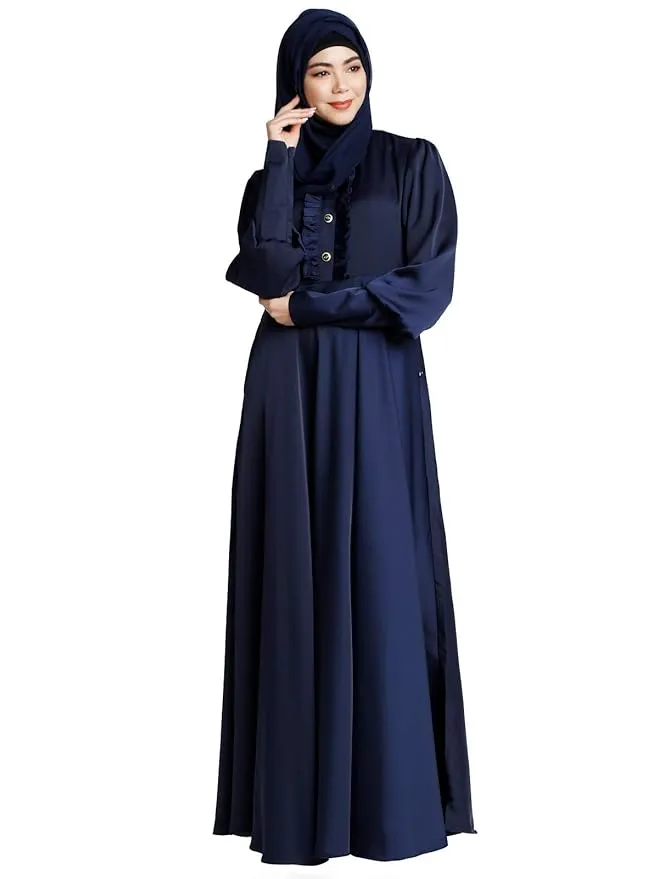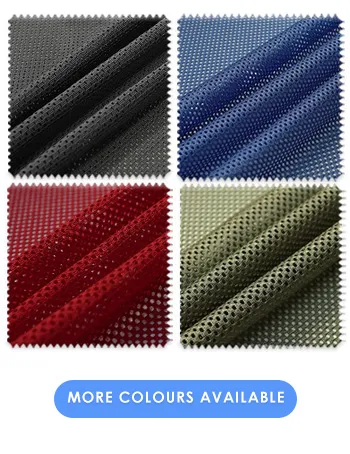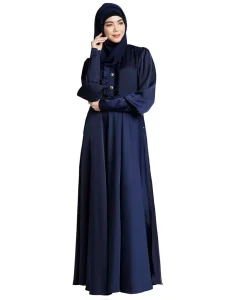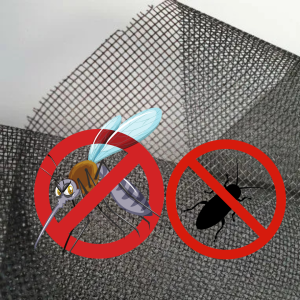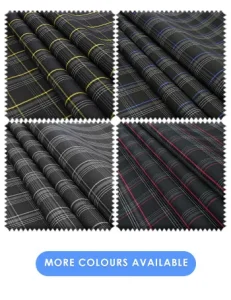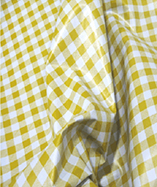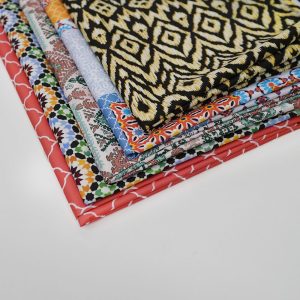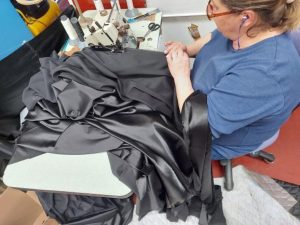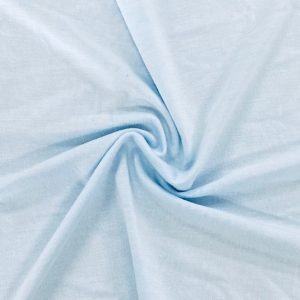Tips For Working With Fleece
While fleece is generally quite easy to care for, it can be fairly difficult to work with. This is particularly the case if you are used to working with softer fabrics that are easier to manage, such as silk or cotton.
However, with the right knowledge you should find that you can create garments using fleece without too much trouble. Here are a couple of tips to get you started.
Scissors and Needles
Make sure your scissor blades are sharp and have been cleaned of any any fibre buildup, as this can make it even harder to cut into the fleece.
Your machine needle is also going to need some consideration. Fleece isn’t the easiest material to penetrate, so you should always try to use a new needle when working with it, so that it has maximum levels of sharpness. Microtex or ballpoint needles are probably your safest bet.
Right And Wrong
Fleece has both a right and wrong side, but it is easy to determine which is which. Simply pull gently across the grain-edge side and you should not that the fleece starts to curl. The direction it goes in is the wrong side.
Stretching
Fleece has a tendency to stretch, which can be of benefit in some respects, but can also cause issues in others. This means that easing in seams should be really simply, but any edges on the cross-grain are prone to stretching if you don’t take the right precautions. This is particularly noticeable when you have created a neckline and it starts to stretch.
Your Machine
Fleece can be a rather messy fabric to work with, so it is important to keep your machine clean before and after working on any projects using the fabric. This will ensure that you get a good level of performance out of it.
Managing Bulk
Fleece is quite a bulky fabric at the best of times, so you are going to want to do whatever you can to manage that bulk so that the resulting garment is actually wearable. You can do this by using the correct seams for the inside of the garment. Try lapped, double topstitched ad faux flat fell seams, as this are nice and neat while also having the added benefit of handling some of that unwieldy bulk.
Working With Edges
One of the benefits of working with fleece is that the raw edges tend not to fray, which means you don’t have to put seams in place if you don’t want to. This can be particularly useful for novices who just want to play around and create something quickly, though a seam will tend to add a better finish to the end product.
Thread and Stitch Length
You need to make sure that you use a strong thread in order for your stitches to actually stay in place. Use a nice, strong polyester thread and make sure the length of your stitches is in the 3-5mm range. Furthermore, you’ll want to use a small zigzag stitch at points where the seam is going to endure more movement.
Fabric UK is your destination for all types of fabric. Whether you’re searching for fabric samples or purchasing by the meter, we make it easy to find exactly what you need.
You can order: Samples, Wholesale, Fabric by the meter
Fill Form for Free fabric samplesSimply visit our website at fabricuk.com or call us directly at 0121 359 2349 for any questions or inquiries.
Visit Our Fabric Showroom
Feel free to visit our fabric showroom anytime – no appointment is necessary!
KBT LTD, Carlton Business Centre, 132 Saltley Road, Birmingham, B7 4TH, United Kingdom
Email Us:
You can reach us at: info@fabricuk.com
Showroom Hours:
- Monday – Friday: 9:30 am – 6:00 pm
- Saturday: 10:00 am – 5:00 pm





